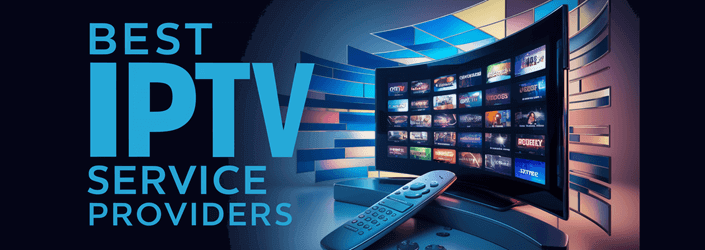I've spent at least 8 hours with the internet, this and other forums, brick & mortar stores, and Dish techs and tech service trying to find an EHD compatible with my Hopper 3 w/Sling. EVERY source says it must be a 2TB, self (110-VAC brick) powered, gen-u-wine spinning-disk hard drive, but NO ONE can actually point to one. Amazon's two-part alternative is no longer available. So how DO we externally archive a buggy Hopper, replace it, and dump the archived content onto the new Hopper?



